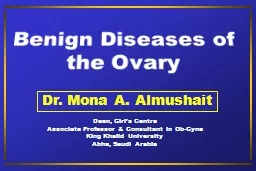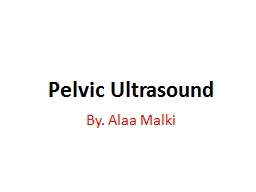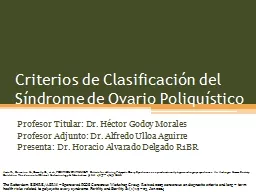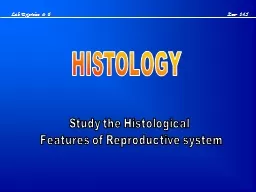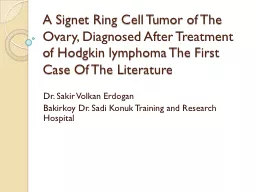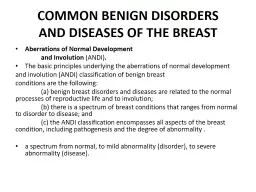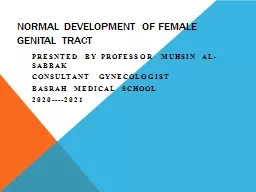PPT-Benign Diseases of the Ovary
Author : luanne-stotts | Published Date : 2015-10-26
Dr Mona A Almushait Dean Girls Centre Associate Professor amp Consultant in Ob Gyne King Khalid University Abha Saudi Arabia The Ovary The human ovary has a striking
Presentation Embed Code
Download Presentation
Download Presentation The PPT/PDF document "Benign Diseases of the Ovary" is the property of its rightful owner. Permission is granted to download and print the materials on this website for personal, non-commercial use only, and to display it on your personal computer provided you do not modify the materials and that you retain all copyright notices contained in the materials. By downloading content from our website, you accept the terms of this agreement.
Benign Diseases of the Ovary: Transcript
Download Rules Of Document
"Benign Diseases of the Ovary"The content belongs to its owner. You may download and print it for personal use, without modification, and keep all copyright notices. By downloading, you agree to these terms.
Related Documents

